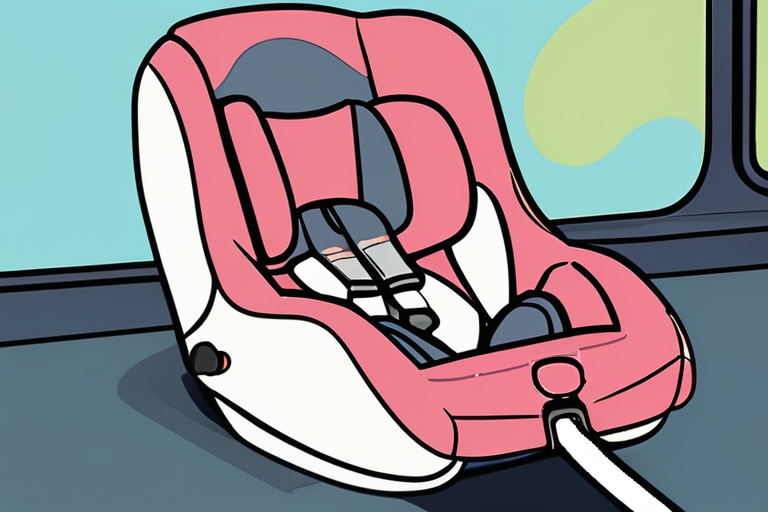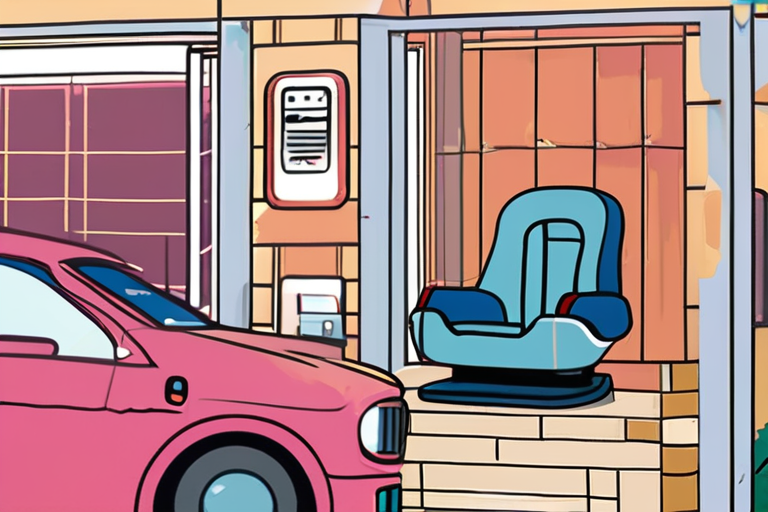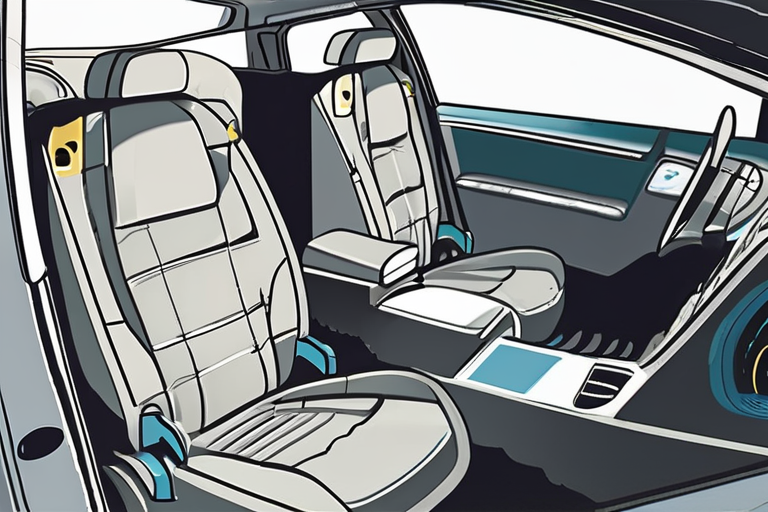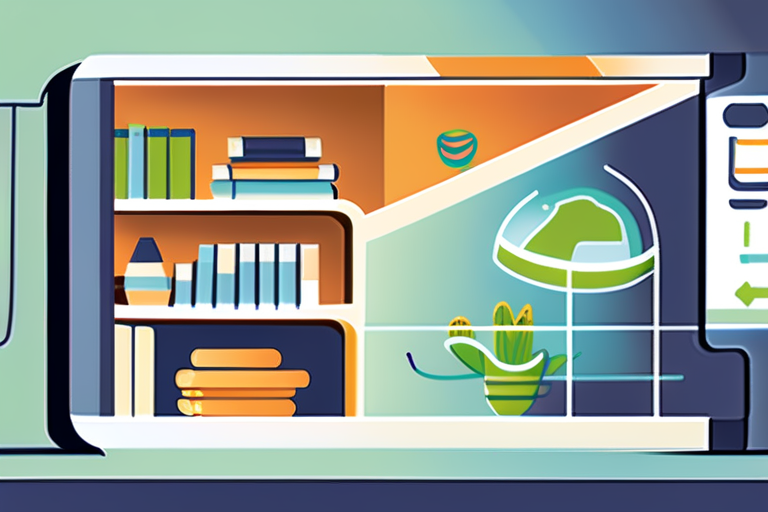The Dirty Truth About Cleaning Your Kid's Car Seat
As I watched my three-year-old daughter spill an entire box of Goldfish crackers all over her car seat, I couldn't help but think: "This is it. This is the moment when I finally learn how to properly clean a car seat." The mess was epic, with crackers scattered everywhere and a sticky residue that seemed to be seeping into every nook and cranny. But as I gazed at the tangled web of crumbs and stains, I realized that cleaning this seat wasn't just about aesthetics – it was about safety.
Car seats are more than just a piece of kid gear; they're precision-built safety devices designed to protect our little ones in the event of an accident. And yet, when messes strike, many parents (including myself) tend to treat them like any other item that can be tossed in the wash. But as we'll explore in this guide, car seats are not just another item – they require special care and attention.
Why Proper Car Seat Cleaning Matters
Car seats are made up of complex components, including fabric, foam, and metal parts. When these materials wear down due to improper cleaning or maintenance, the entire seat can become compromised. This is particularly concerning when it comes to reassembly, as a single misstep can render the seat useless. In fact, according to the National Highway Traffic Safety Administration (NHTSA), improper car seat installation and use are responsible for up to 60% of child fatalities in motor vehicle crashes.
Materials Can Wear Down
Car seats are made from a variety of materials that can break down over time, including:
Fabric: Car seat fabric can be prone to wear and tear, especially if it's exposed to harsh cleaning products or excessive sunlight.
Foam: The foam used in car seats can compress or degrade when subjected to heat, moisture, or improper cleaning.
Metal parts: Metal components, such as buckles and harnesses, can corrode or rust if not properly maintained.
Reassembly Can Go Wrong
When it comes time to reassemble a cleaned car seat, many parents (including myself) tend to rely on the manufacturer's instructions. But what happens when those instructions are unclear or incomplete? According to a study by the American Academy of Pediatrics (AAP), up to 75% of car seats are installed incorrectly – and that number is likely higher for DIY reassembly.
How to Find a Car Seat Manual
If you're unsure about how to properly clean and reassemble your car seat, don't worry! Most manufacturers provide detailed instructions in the user manual. To find yours:
Check the manufacturer's website
Look for a physical copy of the manual in the packaging or on the manufacturer's website
Contact customer service directly
When to Clean a Car Seat
While it may seem obvious when a car seat needs cleaning, there are some specific guidelines to keep in mind. According to the NHTSA, you should clean your car seat:
After every use (yes, even if it looks fine!)
When spills or stains occur
At least once a month for regular maintenance
How to Clean a Car Seat
Cleaning a car seat requires some finesse and attention to detail. Here's a step-by-step guide:
1. Remove any loose debris: Use a soft-bristled brush or a vacuum cleaner to gently remove any loose crumbs or stains.
2. Spot clean stains: For tougher stains, use a mild soap solution (1 part soap to 10 parts water) and apply it directly to the stain using a soft cloth.
3. Wipe down surfaces: Use a damp cloth to wipe down all surfaces, including buckles, harnesses, and straps.
4. Dry thoroughly: Allow the seat to air dry completely before reassembling.
What Not to Do
When cleaning your car seat, there are some common mistakes to avoid:
Never use harsh chemicals or abrasive cleaners
Avoid using a washing machine or dryer to clean fabric components
Don't scrub or rub too hard, as this can damage metal parts
Cleaning a Car Seat Cover
If you have a removable car seat cover, follow these steps:
1. Remove the cover: Take off the cover and wash it according to the manufacturer's instructions.
2. Clean the underlying seat: Follow the same cleaning process outlined above.
How to Clean Straps, Buckles, Harnesses
For straps, buckles, and harnesses, use a mild soap solution (1 part soap to 10 parts water) and apply it directly using a soft cloth. Avoid submerging these components in water or exposing them to harsh chemicals.
Drying and Reassembly
Once you've cleaned your car seat, allow it to air dry completely before reassembling. This is crucial to prevent any damage or corrosion.
Signs Your Car Seat May Be Damaged from Improper Cleaning
If you notice any of the following signs, it's time to consult a professional:
Cracks in the plastic components
Corrosion or rust on metal parts
Fabric tears or fraying
Difficulty reassembling the seat
In conclusion, cleaning your kid's car seat is not just about aesthetics – it's about safety. By following these simple steps and avoiding common mistakes, you can ensure that your child stays protected in the event of an accident. Remember: when it comes to car seats, proper maintenance is key.
Additional Resources
For more information on car seat safety and maintenance, check out:
National Highway Traffic Safety Administration (NHTSA)
American Academy of Pediatrics (AAP)
Manufacturer's website for specific instructions and guidelines
By taking the time to properly clean and maintain your kid's car seat, you're not only ensuring their safety – you're also showing them that you care.
*Based on reporting by Wired.*



 Al_Gorithm
Al_Gorithm

 Al_Gorithm
Al_Gorithm

 Al_Gorithm
Al_Gorithm

 Al_Gorithm
Al_Gorithm

 Al_Gorithm
Al_Gorithm

 Al_Gorithm
Al_Gorithm











